Home>Garden Essentials>What Kind Of Data Needs To Be Collected In Drilling An Infill Well
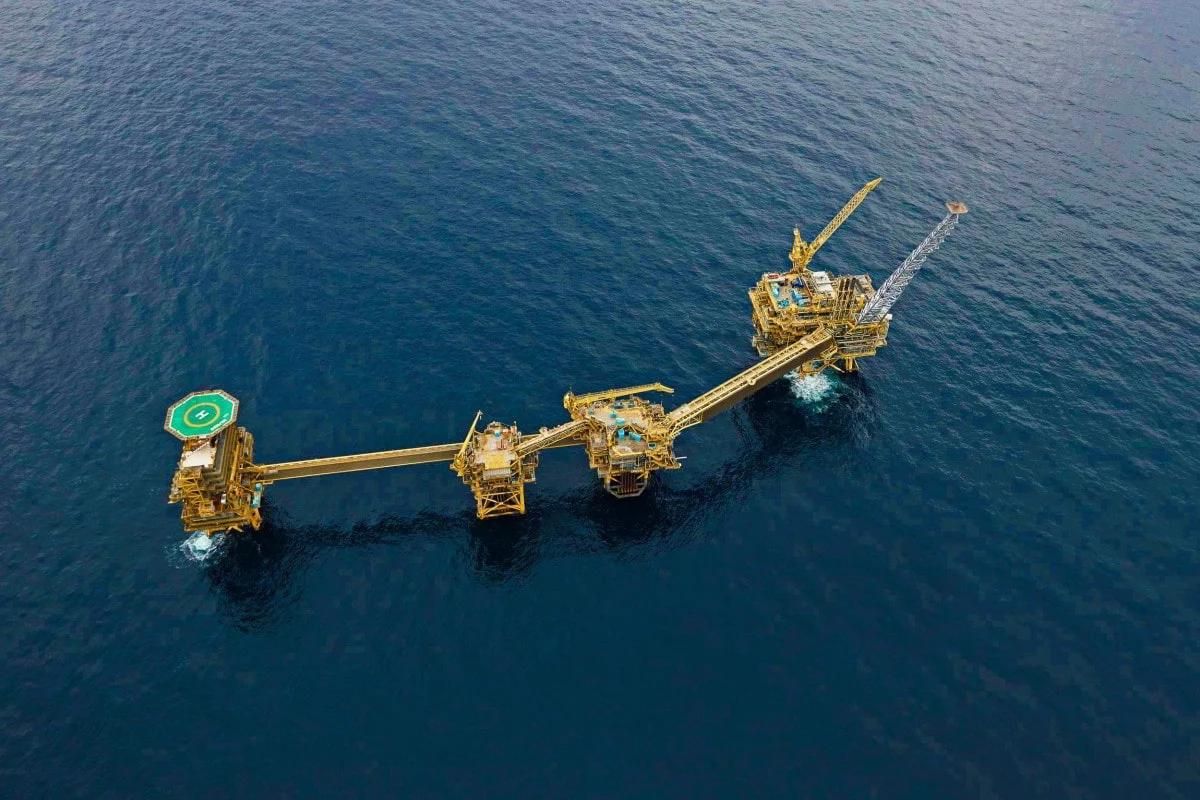

Garden Essentials
What Kind Of Data Needs To Be Collected In Drilling An Infill Well
Modified: March 7, 2024
Discover the essential data to collect when drilling an infill well in your garden. Maximize your drilling success with our expert insights and tips.
(Many of the links in this article redirect to a specific reviewed product. Your purchase of these products through affiliate links helps to generate commission for Storables.com, at no extra cost. Learn more)
Introduction
Welcome to the world of infill well drilling, where precision and accuracy are of utmost importance. Infill wells are drilled in close proximity to existing oil or gas wells to maximize the recovery of hydrocarbons from the reservoir. The purpose of drilling an infill well is to target untapped pockets of hydrocarbons, capture the remaining reserves, and increase the overall production rate. This article will delve into the crucial data that needs to be collected during the drilling of an infill well, highlighting the key objectives and their significance.
Drilling an infill well requires a comprehensive understanding of the geology, reservoir characteristics, and drilling techniques. The data collected during the drilling process provides valuable insights into the subsurface conditions, allowing engineers to make informed decisions and optimize the well design.
Successful infill well drilling starts with a clear understanding of the project objectives and the specific data requirements. Each well has its unique challenges, and collecting the right data ensures that those challenges are effectively addressed. The data collected can be broadly classified into several categories, including geotechnical data, geological data, reservoir data, fluid data, wellbore data, drilling operation data, environmental data, and safety data. Let’s explore each category in detail to gain a deeper understanding of its importance.
Key Takeaways:
- Drilling infill wells helps maximize oil recovery and increase production rates by targeting untapped pockets of oil. Data collection during drilling is crucial for understanding the reservoir and optimizing drilling techniques.
- Different types of data, such as geological, reservoir, and safety data, are collected during infill well drilling to ensure efficient oil extraction, minimize environmental impact, and maintain a safe working environment.
Read more: What Is Infill Drilling In Mining
Purpose of Drilling an Infill Well
The primary purpose of drilling an infill well is to optimize the recovery of hydrocarbons from an oil or gas reservoir. When oil or gas wells are initially drilled, they are designed to tap into the most productive zones of the reservoir. However, over time, as production declines, there may still be significant amounts of untapped hydrocarbons remaining in the reservoir. Infill wells help to exploit these remaining reserves and increase the overall production rate.
There are several key objectives associated with drilling an infill well:
- Maximize Recovery: By drilling infill wells near existing producing wells, operators can target specific pockets of untapped hydrocarbons within the reservoir. This allows for the recovery of additional reserves that were not accessible through the original wellbore.
- Increase Production Rate: Infill wells help to maintain or increase the overall production rate of the field. By strategically positioning new wells, operators can bypass areas of low-permeability or bypassed reserves, ultimately boosting the field’s production capacity.
- Improve Reservoir Management: Infill wells provide valuable data on reservoir characteristics, such as pressure distribution and fluid behavior. This data helps in developing an accurate reservoir model, enabling operators to optimize production strategies and make informed decisions regarding reservoir management.
- Extend Field Life: Infill wells allow operators to extend the economic life of a field by accessing additional reserves that were previously uneconomical to develop. By efficiently exploiting the remaining hydrocarbon potential, operators can continue extracting value from the field for an extended period.
- Enhance Well Placement: Infill wells play a crucial role in proper well placement within the reservoir. Through the collection of geotechnical and geological data, operators can identify optimal drilling locations, ensuring that the new wells intersect the most prolific zones of the reservoir.
Overall, the purpose of drilling an infill well is to maximize the recovery of hydrocarbons, increase production rates, improve reservoir management, extend field life, and enhance well placement. The data collected throughout the drilling process is vital in achieving these objectives and ensuring the success of the infill well project.
Key Data Collection Objectives
Collecting data during the drilling of an infill well is crucial to gather information about the subsurface conditions, reservoir properties, and drilling operations. The data collected serves several key objectives, enabling engineers and geoscientists to make informed decisions and optimize the drilling process. Here are the key data collection objectives for infill well drilling:
- Understanding Reservoir Characteristics: One of the primary objectives of data collection is to gain a comprehensive understanding of the reservoir’s characteristics. This includes collecting geological data to determine the composition and structure of the reservoir, as well as reservoir data to identify its fluid properties, porosity, permeability, and pressure distribution. These data points help in designing well placement strategies and determining optimal drilling techniques.
- Evaluating Wellbore Stability: Data collection during drilling provides crucial insights into the stability of the wellbore. By monitoring factors such as formation pressure, formation dip, and rock strength, engineers can assess the potential risks of wellbore instability, including borehole collapse, formation damage, or fluid influx. This helps in implementing appropriate wellbore stability measures to ensure the integrity of the well.
- Optimizing Drilling Techniques: Data collection also focuses on optimizing drilling techniques for efficient and cost-effective operations. By monitoring drilling parameters such as rate of penetration, weight on bit, and torque, engineers can identify the most effective drilling methods and adjust them accordingly. This helps in minimizing drilling time, reducing costs, and maximizing the overall drilling performance.
- Ensuring Fluid Compatibility: Fluid data is crucial to ensure compatibility with the reservoir and optimize drilling operations. By collecting data on drilling fluid properties, such as viscosity, density, and chemical composition, engineers can tailor the drilling fluid to match the reservoir conditions. This helps in minimizing formation damage, controlling fluid loss, and ensuring efficient wellbore cleaning.
- Monitoring Environmental Impact: Data collection during drilling also includes monitoring and recording environmental parameters to assess and mitigate any potential impacts. This includes collecting data on noise levels, air emissions, water usage, and waste management. By closely monitoring these factors, operators can implement appropriate measures to minimize their environmental footprint.
- Promoting Safety: Safety data collection is a critical objective to ensure the well-being of personnel and equipment during drilling operations. This includes monitoring parameters such as well control, pressure control, and equipment condition. By collecting this data, engineers can identify potential risks and implement preventive measures to maintain a safe drilling environment.
By achieving these data collection objectives, operators can make informed decisions, optimize drilling techniques, and ensure the success of infill well drilling projects. The collected data serves as a valuable resource for reservoir characterization, wellbore stability analysis, drilling optimization, fluid management, environmental impact assessment, and safety management.
Geotechnical Data
Geotechnical data is an essential component of data collection during infill well drilling. This type of data focuses on the subsurface conditions, providing valuable insights into the soil and rock properties that influence wellbore stability, drilling performance, and overall well construction. Here are the key geotechnical data parameters that are typically collected:
- Formation Type: It is important to identify and classify the different types of formations encountered during drilling. This includes distinguishing between various rock formations, such as sandstone, limestone, shale, or conglomerate. The formation type influences drilling techniques, wellbore stability, and potential production characteristics.
- Formation Properties: Collecting data regarding the properties of the formations is crucial. This includes parameters such as porosity, permeability, compaction characteristics, and rock strength. Understanding these properties helps in assessing the reservoir’s productivity and potential wellbore stability issues.
- Overburden Pressure: Overburden pressure is the stress exerted by the layers of rock or soil above the reservoir. This data is crucial for wellbore design, drilling fluid density calculations, and well stability analysis.
- Geological Structures: Geotechnical data collection also involves identifying and mapping geological structures present in the reservoir, such as faults, fractures, or folds. These structures can significantly impact wellbore stability and fluid flow patterns, so understanding their presence and orientation is critical for well placement decisions.
- Formation Fluids: Gathering data on the formation fluids is important in understanding their behavior and compatibility with drilling fluids. This includes information on reservoir fluids, such as oil or gas composition, density, viscosity, and fluid phase behavior, which aid in determining optimal drilling and completion techniques.
- Rock Mechanics: Collecting data related to rock mechanics helps in assessing the rock’s strength, brittleness, and deformation behavior. This data assists in determining drilling parameters, wellbore stability analysis, and evaluating the potential for rock failure or fracturing during drilling.
- Geophysical Data: Geophysical data, such as seismic surveys, can provide insights into the subsurface structure and predict potential drilling hazards. This data aids in well placement decisions, identifying reservoir boundaries, and detecting possible hydrocarbon accumulations.
The collection and analysis of geotechnical data play a crucial role in well planning, wellbore stability analysis, and the overall success of infill well drilling projects. This data helps engineers and geoscientists to understand the subsurface conditions, identify potential risks, optimize drilling techniques, and ensure the safe and efficient extraction of hydrocarbons.
Geological Data
Collecting geological data is essential during infill well drilling as it provides valuable information about the composition, structure, and history of the geological formations. This data helps in understanding the reservoir’s characteristics, identifying potential hydrocarbon-bearing zones, and optimizing well placement. Here are the key geological data parameters that are typically collected:
- Stratigraphy: Stratigraphy involves studying the layering and arrangement of rock formations. Collecting data on the stratigraphy of the reservoir provides insights into the sequence of rock layers and their characteristics. This helps in identifying potential reservoir zones and understanding the distribution of hydrocarbons.
- Facies Analysis: Facies analysis focuses on the variations in sedimentary rock types, textures, and depositional environments. By analyzing the different facies present in the reservoir, geologists can identify the areas with the highest potential for hydrocarbon accumulation and assess the reservoir’s productivity.
- Structural Analysis: Structural analysis involves studying the deformation and tectonic forces that have shaped the geological formations. By collecting data on the structural features such as faults, folds, and fractures, geologists can understand the stress distribution and the potential impact on wellbore stability and fluid flow pathways.
- Core Analysis: Core samples extracted from the wellbore provide valuable geological data. Analyzing the core samples helps in determining the rock’s mineral composition, porosity, permeability, and fluid saturation. This information aids in reservoir characterization, determining the type of hydrocarbons present, and estimating reservoir properties.
- Petrophysical Analysis: Petrophysical analysis involves studying the physical properties of the reservoir rocks, such as porosity, permeability, and lithology. This data is crucial in assessing the quality of the reservoir, predicting fluid flow patterns, and optimizing well completion and production techniques.
- Paleontology: Paleontological data involves studying fossils present in the rock formations. By identifying and analyzing the fossils, geologists can determine the age of the sediments and gain insights into the depositional environment. This data helps in correlating different wellbore sections and understanding the reservoir’s history.
- Seismic Interpretation: Seismic data provides a detailed image of the subsurface using sound waves. By interpreting the seismic data, geologists can identify potential hydrocarbon traps, map reservoir boundaries, and detect structural features that influence well placement decisions.
The collection and analysis of geological data are crucial for making informed decisions during infill well drilling. This data helps in understanding the reservoir’s properties, identifying productive zones, optimizing well placement, and maximizing hydrocarbon recovery. By integrating geological data with other relevant data types, engineers and geoscientists can effectively plan and execute successful infill well drilling projects.
Reservoir Data
Reservoir data collection is a critical component of infill well drilling as it provides valuable insights into the characteristics and behavior of the hydrocarbon-bearing formations. This data helps in determining the reservoir’s potential, estimating reserves, and optimizing production strategies. Here are the key reservoir data parameters that are typically collected:
- Reservoir Pressure: Measuring reservoir pressure is essential to understand the fluid dynamics and estimate the hydrocarbon reserves. Data on reservoir pressure helps in determining the presence and extent of aquifers, managing fluid influx or outflow, and predicting well performance.
- Reservoir Porosity: Porosity data quantifies the volume of pore spaces within the reservoir rocks. High porosity indicates a greater potential for hydrocarbon storage, while low porosity poses challenges for extraction. Collecting data on reservoir porosity helps in reservoir characterization, estimating fluid storage capacity, and optimizing recovery techniques.
- Reservoir Permeability: Permeability measures how easily fluids can flow through the reservoir rocks. Data on reservoir permeability aids in understanding fluid flow behavior, designing efficient well completions, and predicting production rates. High permeability facilitates fluid movement, while low permeability requires enhanced techniques like hydraulic fracturing.
- Fluid Saturation: Fluid saturation data refers to the proportion of pore spaces occupied by hydrocarbons versus water. Understanding the fluid saturation helps in estimating the recoverable reserves and optimizing production strategies for efficient hydrocarbon extraction.
- Reservoir Heterogeneity: Reservoir heterogeneity is the variation in rock and fluid properties within the reservoir. Collecting data on reservoir heterogeneity helps in identifying areas of high and low productivity, understanding fluid migration patterns, and optimizing well placement and completion techniques.
- Reservoir Connectivity: Reservoir connectivity refers to the ability of fluids to flow between different areas of the reservoir. Data on reservoir connectivity helps in identifying the presence of barriers, channels, or compartmentalization within the reservoir. Understanding reservoir connectivity is crucial for optimizing well placement and improving recovery efficiency.
- Rock-Fluid Interaction: Data on rock-fluid interaction provides insights into how the reservoir rocks interact with hydrocarbons or injected fluids. This data helps in predicting formation damage, selecting the appropriate drilling and completion fluids, and optimizing enhanced oil recovery techniques.
Accurate collection and interpretation of reservoir data are vital for understanding the reservoir’s characteristics, estimating reserves, and optimizing production strategies. By incorporating reservoir data into the decision-making process, engineers and geoscientists can maximize hydrocarbon recovery, improve well performance, and ensure the success of infill well drilling projects.
When drilling an infill well, it is important to collect data on the geological formations, reservoir properties, fluid characteristics, and wellbore stability to optimize production and minimize risks.
Fluid Data
Collecting fluid data during infill well drilling is crucial in understanding the properties and behavior of both the reservoir fluids and the drilling fluids used in the operation. Fluid data provides valuable insights into the composition, densities, viscosities, and other characteristics that impact drilling performance, reservoir productivity, and production optimization. Here are the key fluid data parameters that are typically collected:
- Reservoir Fluid Composition: It is important to collect data on the composition of the fluids present in the reservoir. This includes determining the relative proportions of oil, gas, and water, as well as identifying any additional components such as natural gas liquids. The composition data aids in determining the fluid behavior, phase characteristics, and potential production rates.
- Reservoir Fluid Density: Measuring the density of the reservoir fluids is crucial for various calculations and simulations. Density data helps in estimating the hydrostatic pressure, designing well completions, and determining the appropriate drilling fluid density to maintain wellbore stability and control fluid circulation.
- Reservoir Fluid Viscosity: Viscosity is a measure of fluid’s resistance to flow. Collecting data on reservoir fluid viscosity helps in predicting flow behavior, selecting the appropriate production techniques, and designing artificial lift systems to optimize fluid recovery rates.
- Drilling Fluid Properties: Collecting data on the properties of the drilling fluid is essential for efficient drilling operations. This includes parameters such as density, viscosity, filtration properties, and rheology. Understanding these properties aids in maintaining wellbore stability, controlling fluid loss, and optimizing drilling performance.
- Drilling Fluid Compatibility: Data collection during drilling focuses on ensuring the compatibility of the drilling fluid with the reservoir fluids. Compatibility data helps in selecting the appropriate drilling mud composition, preventing formation damage, and minimizing fluid invasion into the reservoir.
- Fluid Rheology: Rheology data characterizes the flow behavior of both reservoir fluids and drilling fluids. Collecting rheological data helps in determining the fluid’s resistance to flow, gel strength, and the ability to suspend cuttings. This information aids in optimizing drilling performance and mud circulation.
- Fluid Contamination: Monitoring for any potential fluid contamination is crucial during infill well drilling. Collecting data on fluid contamination helps in identifying any detrimental substances, such as solid particles, chemicals, or corroded materials. This enables timely mitigation to prevent damage to equipment and the reservoir.
Collecting and analyzing fluid data allows engineers and geoscientists to make informed decisions about well design, drilling techniques, and production strategies. By optimizing fluid properties and ensuring compatibility with the reservoir, operators can maximize drilling efficiency, reservoir recovery, and ultimately, the success of infill well drilling projects.
Wellbore Data
Collecting wellbore data during infill well drilling is essential for understanding the condition, stability, and performance of the drilled hole. This data provides valuable insights into the wellbore characteristics and influences crucial decisions regarding wellbore design, casing selection, and completion strategies. Here are the key wellbore data parameters that are typically collected:
- Wellbore Diameter: Measuring the diameter of the wellbore is crucial for determining the appropriate casing sizes, well completion design, and production techniques. Wellbore diameter data helps in optimizing drilling operations and ensuring proper wellbore stability.
- Wellbore Deviation: Collecting data on the wellbore deviation provides insights into the path of the drilled hole. Deviation data helps in monitoring wellbore trajectory, improving well placement accuracy, and avoiding potential collision with nearby wells.
- Formation Evaluation: Data collection during drilling includes formation evaluation, which involves measuring various properties of the rock formations as the wellbore is drilled. This data helps in characterizing the reservoir, identifying potential productive zones, and assessing formation properties like porosity, permeability, and fluid saturation.
- Wellbore Stability: Monitoring wellbore stability is crucial to ensure the integrity of the drilled hole and prevent issues such as borehole collapse, formation damage, or fluid influx. Data collection includes measuring parameters such as formation pressure, rock strength, and wellbore wall conditions to assess stability and implement appropriate mitigation measures.
- Wellbore Orientation: Collecting data on wellbore orientation is essential for accurate well placement and subsequent drilling operations. This includes measuring the inclination and azimuth of the wellbore to determine its position in relation to the target reservoir zone and nearby wells.
- Wellbore Conditioning: Data collection focuses on wellbore conditioning, which involves using drilling fluids and additives to maintain wellbore stability, control pressure, and facilitate efficient drilling operations. Monitoring the effectiveness of wellbore conditioning helps in optimizing drilling fluid properties and managing potential wellbore issues.
- Well Logs: Well logs provide detailed measurements of rock properties, fluid content, and formation characteristics. Collecting well log data during drilling helps in real-time evaluation of the wellbore, assessing hydrocarbon potential, identifying potential drilling hazards, and guiding subsequent wellbore operations.
Accurate wellbore data collection and analysis are crucial for ensuring wellbore stability, optimizing drilling operations, and maximizing the success of infill well drilling projects. By understanding the wellbore characteristics and monitoring its condition, operators can make informed decisions regarding well design, casing selection, and completion strategies.
Drilling Operation Data
Collecting drilling operation data during infill well drilling is crucial for monitoring and optimizing the performance of the drilling process. This data provides valuable insights into the drilling parameters, equipment performance, and operational efficiency. Here are the key drilling operation data parameters that are typically collected:
- Rate of Penetration (ROP): ROP data measures the speed at which the drill bit advances through the rock formations. Collecting ROP data helps in assessing drilling efficiency, identifying variations in formation hardness, and optimizing drilling techniques and bit selection.
- Weight on Bit (WOB): WOB is the downward force applied to the drill bit. Monitoring WOB data helps in controlling drilling rate, optimizing bit performance, and minimizing vibrations and tool failures.
- Rotary Speed: Collecting data on the rotary speed of the drilling equipment is crucial for proper bit performance and efficient drilling. Rotary speed data helps in optimizing drilling parameters, managing formation cuttings, and reducing bit wear.
- Mud Flow Rate: Mud flow rate data measures the volume of drilling mud pumped into the wellbore per unit of time. Collecting this data helps in maintaining proper wellbore cleaning, managing formation cuttings, and ensuring efficient drilling operations.
- Total Depth (TD): TD data records the final depth reached during drilling. This information is vital for wellbore completion planning, casing design, and subsequent drilling operations.
- Borehole Deviation: Collecting data on borehole deviation helps in monitoring the trajectory of the wellbore and detecting any deviations from the planned path. Borehole deviation data helps in optimizing well placement accuracy and avoiding collision risks with nearby wells.
- Bit Wear: Bit wear data provides insights into the condition and performance of the drill bit. Monitoring bit wear helps in determining the optimal bit lifespan, identifying potential issues with the drilling process, and optimizing bit selection for efficient drilling.
- Drilling Fluid Properties: Data collection includes monitoring the properties of the drilling fluid, such as density, viscosity, filtration properties, and chemical composition. This data aids in maintaining wellbore stability, managing fluid loss, and optimizing drilling performance.
- Drilling Time: Collecting data on drilling time helps in assessing the efficiency of drilling operations, monitoring progress, and evaluating the overall drilling performance.
- Tool Performance: Data collection involves monitoring the performance of drilling tools and equipment. This includes measuring parameters such as torque, slack-off weight, and hook load to ensure proper tool functionality and identify potential issues.
Collecting and analyzing drilling operation data allows operators to monitor the performance of the drilling process, identify areas for improvement, and optimize drilling parameters for efficient and cost-effective operations. By utilizing this data, operators can enhance drilling performance, minimize downtime, and maximize the success of infill well drilling projects.
Environmental Data
Collecting environmental data during infill well drilling is crucial for monitoring and mitigating potential impacts on the surrounding environment. This data helps in ensuring compliance with environmental regulations, minimizing ecological disturbances, and promoting sustainable drilling practices. Here are the key environmental data parameters that are typically collected:
- Noise Levels: Monitoring noise levels during drilling operations helps in assessing potential impacts on the surrounding area and nearby communities. Noise data collected aids in implementing appropriate noise mitigation measures to minimize disturbances and maintain a conducive environment.
- Air Emissions: Collecting data on air emissions during drilling is vital for evaluating potential impacts on air quality. This data includes monitoring emissions of gases, particulate matter, and volatile organic compounds (VOCs). It helps in implementing proper emission control measures to minimize environmental pollution.
- Water Management: Assessing water usage and managing water resources is important during infill well drilling. Data collection includes monitoring water consumption, identifying sources of water supply, and implementing measures to minimize water usage and ensure responsible water management.
- Waste Management: Proper waste management is crucial to prevent pollution and maintain environmental integrity. Collecting data on waste generation, categorizing waste types, and implementing effective waste management practices ensures compliance with regulations and minimizes the environmental impact.
- Ecosystem Protection: Data collection focuses on monitoring and protecting the local ecosystem. This includes identifying sensitive habitats, endangered species, and implementing measures to minimize disturbances and prevent harm to the surrounding flora and fauna.
- Spill Prevention and Response: Collecting data on spill prevention and emergency response measures is essential for minimizing the potential impact of accidental spills. This data includes monitoring spill response training, equipment readiness, and contingency plans to ensure prompt and effective response in the event of a spill.
- Environmental Compliance: Collecting data on environmental compliance helps in ensuring adherence to regulatory requirements and permits. This includes monitoring activities such as environmental impact assessments, environmental audits, and documenting compliance with relevant environmental laws and regulations.
By collecting and analyzing environmental data, operators can minimize the environmental impact of infill well drilling operations and demonstrate a commitment to sustainable practices. Effective monitoring and management of environmental parameters promote responsible resource extraction and protect the ecosystems surrounding drilling operations.
Safety Data
Collecting safety data during infill well drilling is of utmost importance to ensure the well-being of personnel, protect the environment, and prevent accidents or incidents. Safety data provides valuable insights into potential risks and helps in implementing appropriate safety measures and procedures. Here are the key safety data parameters that are typically collected:
- Well Control: Collecting data on well control measures is crucial for ensuring the safe and controlled operation of the well. This includes monitoring parameters such as wellbore pressure, drilling fluid properties, and the integrity of blowout preventers. Well control data helps in preventing uncontrolled releases of fluids and maintaining wellbore integrity.
- Pressure Control: Monitoring pressure during drilling operations is important to prevent overpressurization of the wellbore and potential blowouts. Pressure control data includes measuring variables such as casing pressure, mud weight, and formation pressure to ensure safe drilling practices.
- Hazardous Materials: Collecting data on the handling, storage, and disposal of hazardous materials is crucial for preventing health risks and environmental pollution. This includes monitoring the presence and inventory of hazardous chemicals, ensuring proper labeling and storage, and implementing appropriate handling procedures.
- Personal Protective Equipment (PPE): Data collection focuses on ensuring proper usage and availability of personal protective equipment, such as helmets, gloves, goggles, and safety clothing. Monitoring PPE data helps in maintaining a safe working environment and minimizing the risk of accidents or injuries.
- Equipment Condition: Collecting data on the condition of drilling equipment and machinery is vital for ensuring safe operation. This includes monitoring parameters such as equipment maintenance, inspection records, and adherence to safety standards. Analyzing equipment condition data helps in reducing the risk of equipment failure and associated safety hazards.
- Emergency Response Preparedness: Data collection focuses on emergency response preparedness to handle potential incidents or accidents. This includes monitoring the availability of emergency response plans, personnel training, communication systems, and access to appropriate emergency equipment.
- Safety Training and Compliance: Collecting data on safety training and compliance helps in assessing personnel competence, identifying potential knowledge gaps, and ensuring compliance with safety regulations. This includes monitoring safety training records, conducting safety drills, and documenting safety-related incidents.
By collecting and analyzing safety data, operators can proactively identify risks, implement preventive measures, and effectively mitigate potential hazards during infill well drilling operations. Prioritizing safety practices promotes a culture of safety, protects personnel, and ensures the successful execution of drilling projects while safeguarding the environment.
Conclusion
The collection of comprehensive and accurate data is of utmost importance during the drilling of an infill well. The data gathered throughout the drilling process provides valuable insights into various aspects that contribute to the success of the project. From geotechnical and geological data to reservoir, fluid, wellbore, drilling operation, environmental, and safety data, each category serves a specific purpose in optimizing well design, drilling techniques, and overall project performance.
The purpose of drilling an infill well is to maximize the recovery of hydrocarbons from the reservoir, increase production rates, improve reservoir management, extend the field’s economic life, and enhance well placement. The data collected during drilling operations supports these objectives by providing crucial information about the subsurface conditions, reservoir characteristics, fluid behavior, and operational parameters.
Geotechnical and geological data help in understanding the composition, structure, and properties of the subsurface formations. Reservoir data provides insights into the reservoir’s characteristics, including pressure, porosity, permeability, and fluid saturation. Fluid data helps in optimizing fluid compatibility, rheology, and overall drilling and production efficiency. Wellbore data aids in assessing wellbore stability, orientation, and overall performance. Drilling operation data provides valuable information about drilling parameters, equipment performance, and operational efficiency. Environmental data enables the monitoring and mitigation of potential environmental impacts. Lastly, safety data ensures the well-being of personnel and the prevention of accidents or incidents.
By collecting and analyzing this diverse range of data, operators can make informed decisions, optimize drilling techniques, and mitigate potential risks. This allows for the efficient extraction of hydrocarbons while promoting environmental responsibility and maintaining a safe working environment.
In conclusion, the collection of comprehensive and accurate data throughout the drilling of an infill well is vital for achieving the project’s objectives. By utilizing this data to its fullest potential, operators can maximize hydrocarbon recovery, optimize production rates, and ensure the long-term success of the infill well project.
Frequently Asked Questions about What Kind Of Data Needs To Be Collected In Drilling An Infill Well
Was this page helpful?
At Storables.com, we guarantee accurate and reliable information. Our content, validated by Expert Board Contributors, is crafted following stringent Editorial Policies. We're committed to providing you with well-researched, expert-backed insights for all your informational needs.
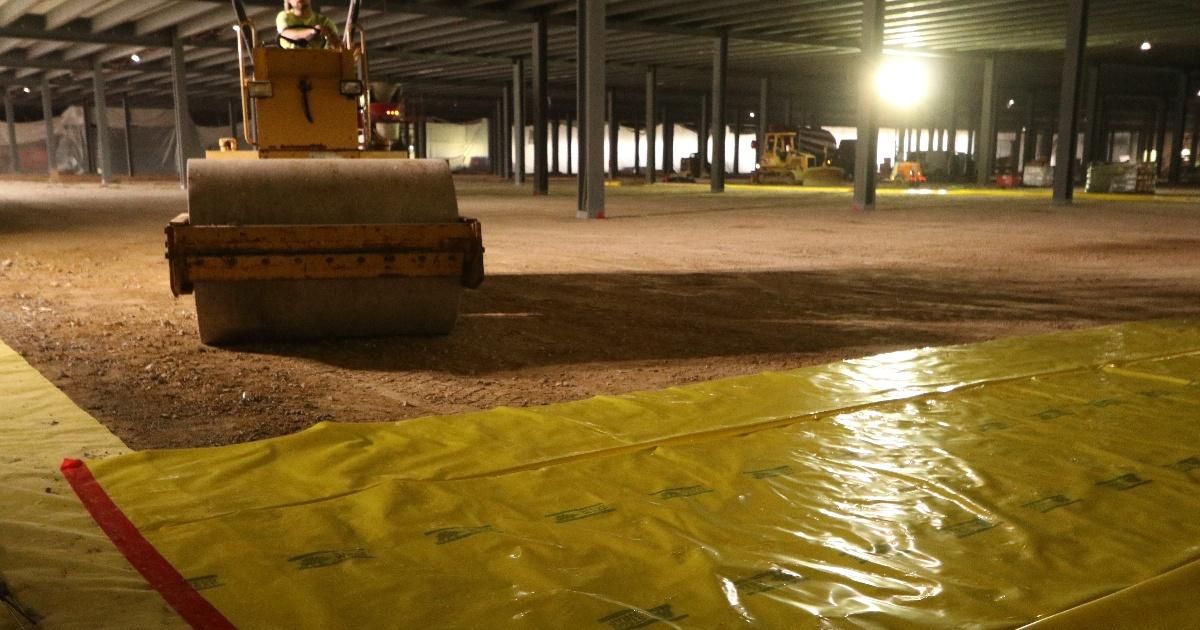


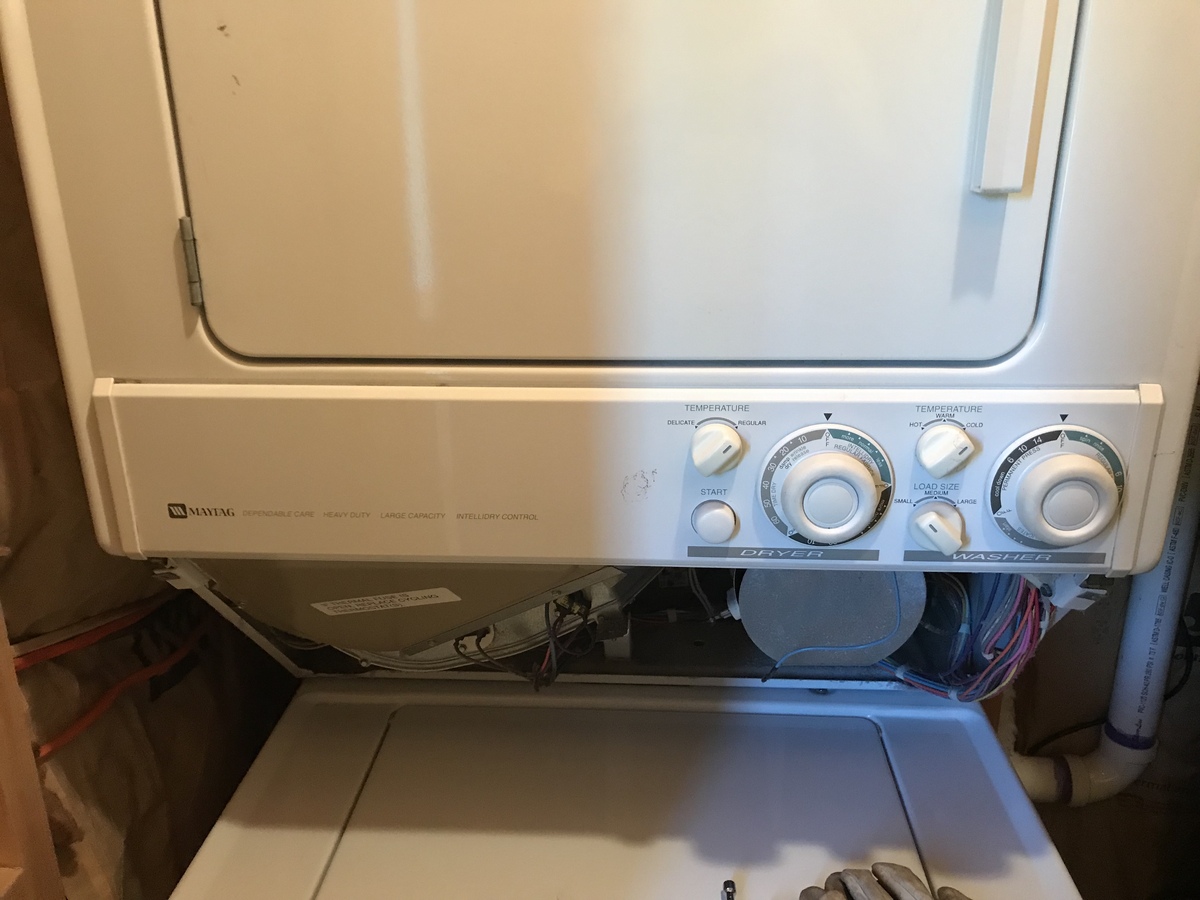
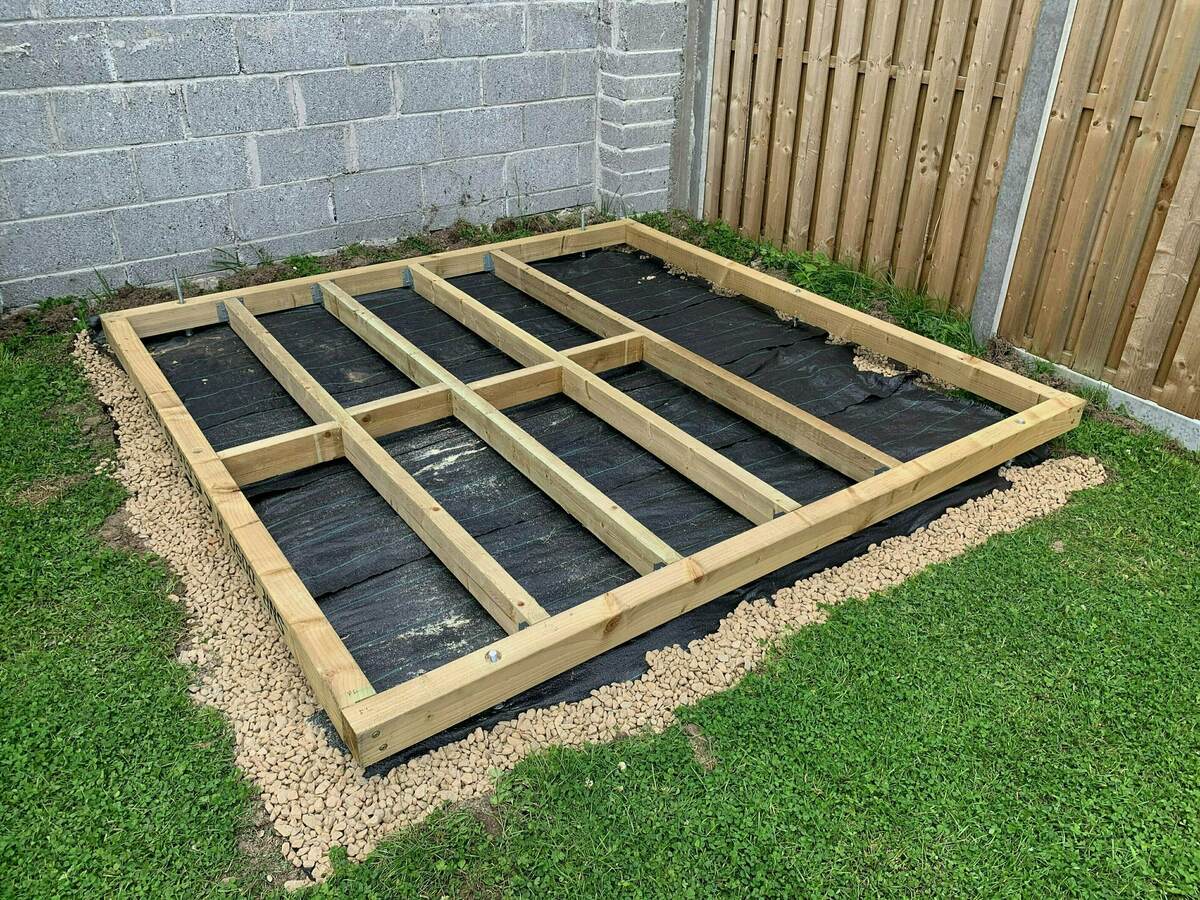

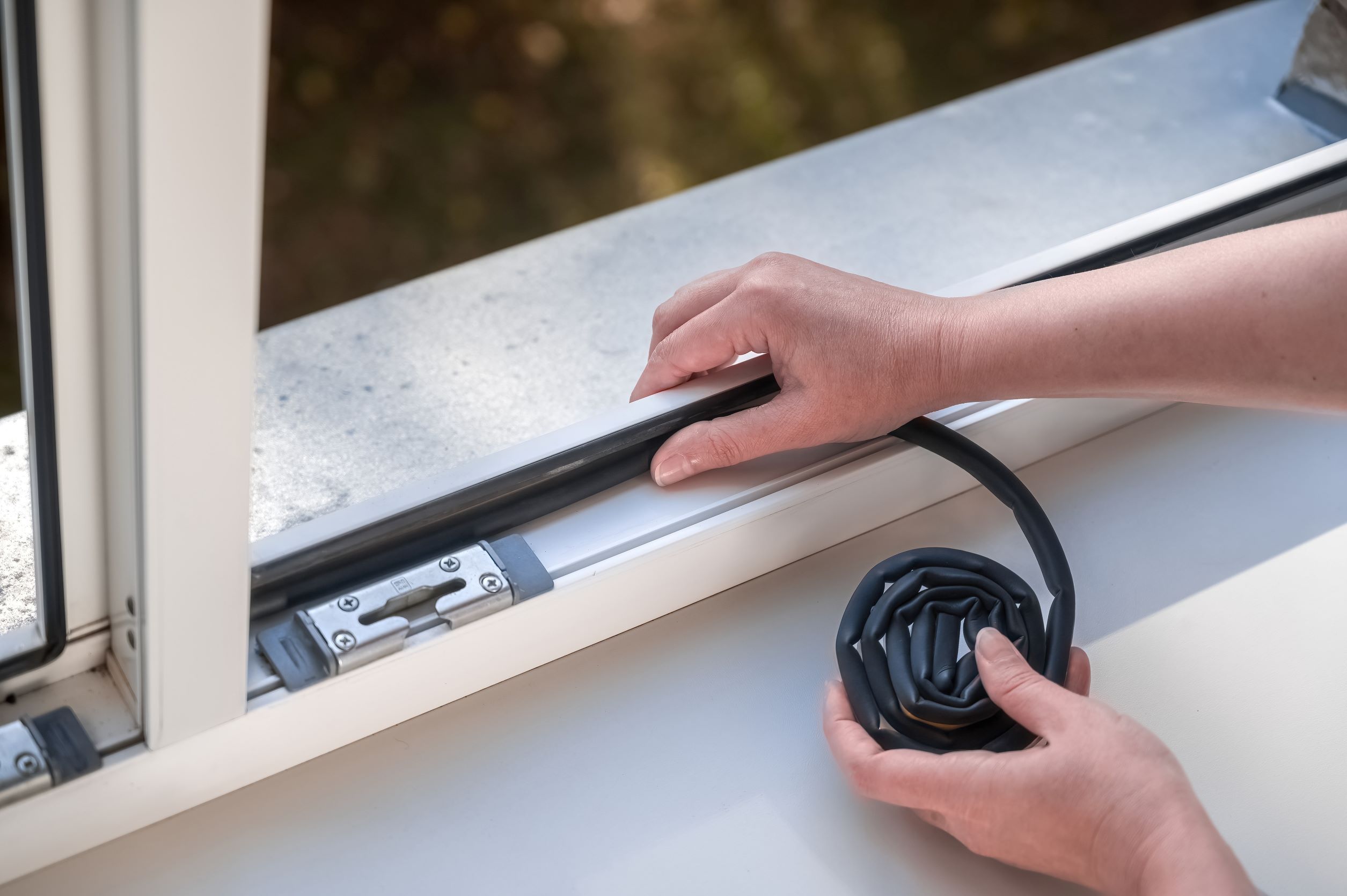

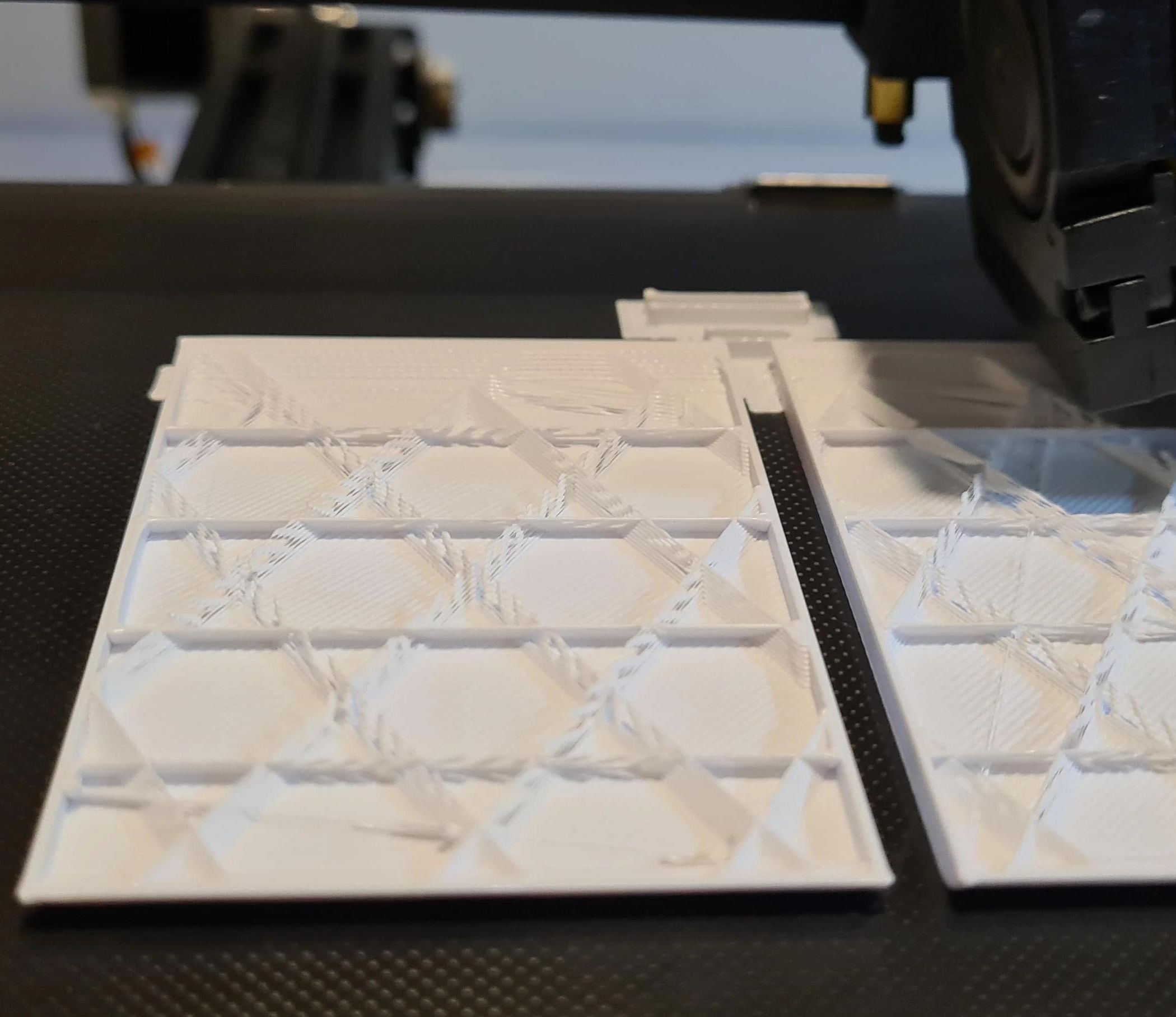





0 thoughts on “What Kind Of Data Needs To Be Collected In Drilling An Infill Well”